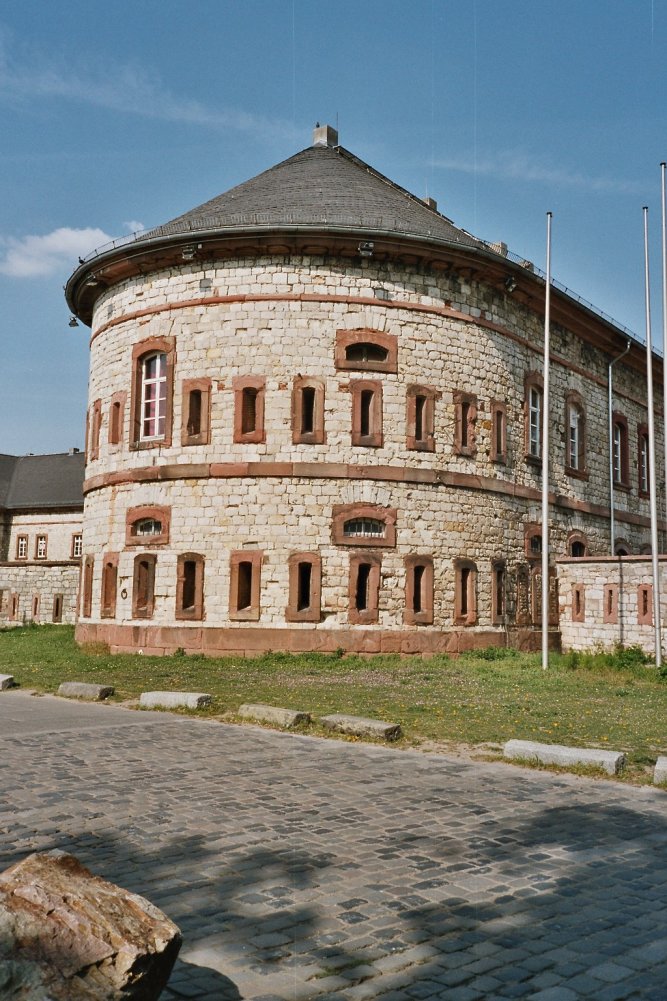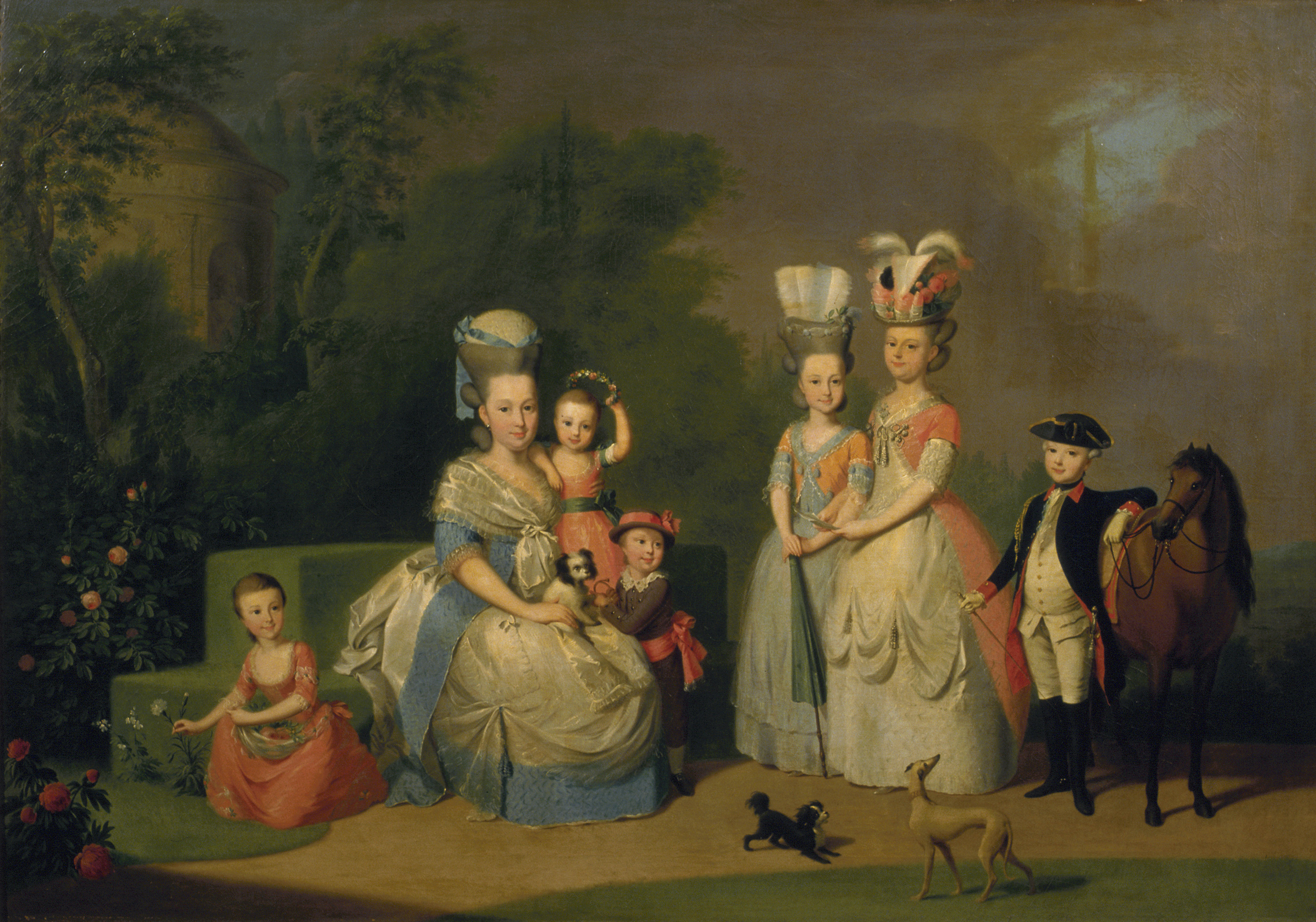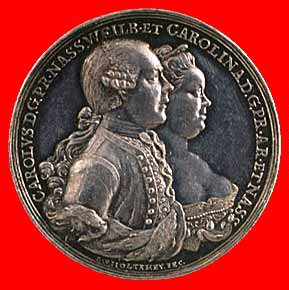|
Archduke Wilhelm Franz Of Austria
Archduke Wilhelm Franz Karl of Austria-Teschen (German: Erzherzog Wilhelm Franz Karl von Habsburg-Lothringen, 21 April 1827 – 29 April 1894) was an Archduke of Austrian Empire, Austria from the House of Habsburg. He was born in Vienna as the son of Archduke Charles, Duke of Teschen (1771–1847) and Princess Henrietta of Nassau-Weilburg (1797–1829). He was a grandson of Leopold II, Holy Roman Emperor, Leopold II (1747–1792) and nephew of Francis II, Holy Roman Emperor, Franz II (1768–1835), the last two Holy Roman Emperors. He studied political sciences at the University of Vienna and he was a student of Joseph von Kudler. He held the office of Grand Master of the Teutonic Knights from 1863 until his death in 1894. He gained the rank of ''General of the branch, Feldzeugmeister'' in the service of the Austrian Army in January 1867, after commanding the artillery and being wounded at the Battle of Königgrätz (1866). He was Governor of the Fortress of Mainz, Federal ... [...More Info...] [...Related Items...] OR: [Wikipedia] [Google] [Baidu] |
Vienna
en, Viennese , iso_code = AT-9 , registration_plate = W , postal_code_type = Postal code , postal_code = , timezone = CET , utc_offset = +1 , timezone_DST = CEST , utc_offset_DST = +2 , blank_name = Vehicle registration , blank_info = W , blank1_name = GDP , blank1_info = € 96.5 billion (2020) , blank2_name = GDP per capita , blank2_info = € 50,400 (2020) , blank_name_sec1 = HDI (2019) , blank_info_sec1 = 0.947 · 1st of 9 , blank3_name = Seats in the Federal Council , blank3_info = , blank_name_sec2 = GeoTLD , blank_info_sec2 = .wien , website = , footnotes = , image_blank_emblem = Wien logo.svg , blank_emblem_size = Vienna ( ; german: Wien ; ba ... [...More Info...] [...Related Items...] OR: [Wikipedia] [Google] [Baidu] |
Fortress Of Mainz
The Fortress of Mainz was a fortressed garrison town between 1620 and 1918. At the end of the Napoleonic Wars, under the term of the 1815 Peace of Paris, the control of Mainz passed to the German Confederation and became part of a chain of strategic fortresses which protected the Confederation. With the dissolution of the Confederation and the Austro-Prussian War, control of the fortress first passed to Prussia, and, after the 1871 Unification of Germany, to the German Empire. 1839 In 1839 an article on Mainz in ''The Penny Cyclopædia'' stated that Mainz was one of the strongest fortresses in Europe, and a chief bulwark of Germany against France. At the Congress of Vienna, Mainz was assigned to the Louis, Grand-Duke of Hesse-Darmstadt, but it was decided that, as a fortress, it should belong to the German Confederation, with a garrison of Austrian, Prussian, and Hessian troops. This garrison in time of peace consisted of 6,000 men. The military governor, who retained his post ... [...More Info...] [...Related Items...] OR: [Wikipedia] [Google] [Baidu] |
Archduke Eugen Of Austria
Archduke Eugen Ferdinand Pius Bernhard Felix Maria of Austria-Teschen (21 May 1863 – 30 December 1954) was an Archduke of Austria-Hungary, Austria and a Prince of Kingdom of Hungary, Hungary and Bohemia. He was the last Grand Master of the Teutonic Knights from the Habsburg dynasty. Early life Eugen was the son of Karl Ferdinand, Archduke of Austria (son of Archduke Charles, Duke of Teschen) and of his wife Archduchess Elisabeth Franziska of Austria. He was born at the castle of Gross Seelowitz in Moravia (today Židlochovice near Brno in the Czech Republic). At his baptism he was given the names ''Eugen Ferdinand Pius Bernhard Felix Maria''. His education was Spartan in character. His country living at Gross Seelowitz and holidays at Gmünd, Carinthia, Gmund alternated with a sound education and strict instruction. At the Palais Erzherzog Albrecht (Archduke Albrecht's Palace, also known as the Albrechtspalais) in Vienna, Eugen received instruction in all the military subjects ... [...More Info...] [...Related Items...] OR: [Wikipedia] [Google] [Baidu] |
Archduke Maximilian Of Austria-Este
Archduke Maximilian Joseph of Austria-Este (July 14, 1782 – June 1, 1863), the fourth son of Archduke Ferdinand of Austria-Este and younger brother of Francis IV, Duke of Modena. He was grand master of the Teutonic Knights from 1835 to 1863. Biography Born in Milan, Maximilian was the son of Archduke Ferdinand of Austria (son of Maria Theresa of Austria and governor of Italy) and Maria Beatrice Ricciarda d'Este. He spent his youth in Monza, where his family had fled after the French invasion of the Duchy of Modena. After staying in Verona, Padua, Trieste and Ljubljana, his family moved to Wiener Neustadt. In 1801 he joined the Teutonic Order, obtaining the Austrian Cross in 1804. After studying in the Collegium Teresianum of Wiener Neustadt, he was named Major General in the Austrian Army (1805). In 1809 he fought in Germany against the French; he clashed with the Napoleonic troops at Regensburg, leading his army towards Linz. In 1819 he was elected a Royal Fellow of the ... [...More Info...] [...Related Items...] OR: [Wikipedia] [Google] [Baidu] |
Grand Master Of The Teutonic Order
The Grand Master of the Teutonic Order (german: Hochmeister des Deutschen Ordens; la, Magister generalis Ordo Teutonicus) is the supreme head of the Teutonic Order. It is equivalent to the grand master of other military orders and the superior general in non-military Roman Catholic religious orders. ''Hochmeister'', literally "high master", is only used in reference to the Teutonic Order, as ''Großmeister'' ("grand master") is used in German to refer to the leaders of other orders of knighthood. An early version of the full title in Latin was ''Magister Hospitalis Sanctae Mariae Alemannorum Hierosolymitani''. Since 1216, the full title ''Magister Hospitalis Domus Sanctae Mariae Teutonicorum Hierosolymitani'' ("Master of the Hospital House of the Blessed Virgin Mary of the Germans of Jerusalem") was used. The offices of ''Hochmeister'' and ''Deutschmeister'' (''Magister Germaniae'') were united in 1525. The title of ''Magister Germaniae'' had been introduced in 1219 as th ... [...More Info...] [...Related Items...] OR: [Wikipedia] [Google] [Baidu] |
Princess Carolina Of Orange-Nassau
Princess Carolina of Orange-Nassau (''Wilhelmine Carolina''; 28 February 1743 – 6 May 1787) was a Dutch regent. She was the daughter of William IV, Prince of Orange, Stadtholder of the Netherlands, and Anne, Princess Royal. She was regent of the Netherlands from 1765 until 1766 during the minority of her brother, William V. Life Princess Carolina was born in Leeuwarden, the eldest daughter of William IV, Prince of Orange, Stadtholder of the Netherlands, and Anne, Princess Royal. In 1747, it was declared that the position of stadtholder could be inherited by females, thus making the young Princess Carolina the heir presumptive to the position of stadtholder. However, in 1748, a male heir, William, was born to her parents, thus displacing her and putting her second in line to the position. She was given a good education in music. Princess Carolina's father died in 1751, making her three-year-old brother William V of Orange. At that point, her mother was appointed regent. Her marria ... [...More Info...] [...Related Items...] OR: [Wikipedia] [Google] [Baidu] |
Charles Christian, Prince Of Nassau-Weilburg
Charles Christian, Prince of Nassau-Weilburg (Weilburg, 16 January 1735 – Münster-Dreissen, near Kirchheim, 28 November 1788), till 1753 Count of Nassau-Weilburg, was the first ruler of the Principality of Nassau-Weilburg between 1753 and 1788. Family and rule He was the son of Charles August, Prince of Nassau-Weilburg and Princess Auguste Friederike of Nassau-Idstein. He succeeded his father in 1753 and united his territories in 1783 with Nassau-Saarbrücken, Nassau-Usingen and Nassau-Dietz. Marriage He married on 5 March 1760 in The Hague Princess Carolina of Orange-Nassau (1743–1787), daughter of William IV, Prince of Orange and Anne, Princess Royal. He became a general in the Dutch infantry, governor of Bergen op Zoom and governor of Maastricht (1773–1784). He negotiated in vain with the Patriots in 1787. After the death of his wife, he concluded a morganatic marriage with Barbara Giessen von Kirchheim. He died in 1788 and was succeeded by his eldest surviving so ... [...More Info...] [...Related Items...] OR: [Wikipedia] [Google] [Baidu] |
Maria Amalia Of Saxony
es, María Amalia Cristina Francisca Javiera Flora Walburga , spouse = Charles III of Spain , issue = , issue-link = #Issue , house = Wettin , father = Augustus III of Poland , mother = Maria Josepha of Austria , birth_date = , birth_place = Dresden Castle, Dresden, Saxony , death_date = , death_place = Buen Retiro Palace, Madrid, Spain , burial_place = El Escorial, Spain , religion = Roman Catholicism Maria Amalia of Saxony (Maria Amalia Christina Franziska Xaveria Flora Walburga; 24 November 1724 – 27 September 1760) was born a princess of Poland and Saxony, and became Queen of Naples and Sicily from 1738 until 1759, and then Queen of Spain from 1759 until her death in 1760 by marriage to Charles III of Spain. The arranged marriage produced many children who survived into adulthood, including Charles IV of Spain. A popular consort, she oversaw the construction of the Caserta Palace outside Naples as well as ... [...More Info...] [...Related Items...] OR: [Wikipedia] [Google] [Baidu] |
Charles III Of Spain
it, Carlo Sebastiano di Borbone e Farnese , house = Bourbon-Anjou , father = Philip V of Spain , mother = Elisabeth Farnese , birth_date = 20 January 1716 , birth_place = Royal Alcazar of Madrid, Spain , death_date = , death_place = Royal Palace of Madrid, Spain , place of burial= El Escorial , religion = Roman Catholicism , signature = Autograph Charles III of Spain.svg Charles III (born Charles Sebastian; es, Carlos Sebastián; 20 January 1716 – 14 December 1788) was King of Spain (1759–1788). He also was Duke of Parma and Piacenza, as Charles I (1731–1735); King of Naples, as Charles VII, and King of Sicily, as Charles V (1734–1759). He was the fifth son of Philip V of Spain, and the eldest son of Philip's second wife, Elisabeth Farnese. A proponent of enlightened absolutism and regalism, he succeeded to the Spanish throne on 10 August 1759, upon the death of his childless half-brother Ferdinand VI. In 1731, t ... [...More Info...] [...Related Items...] OR: [Wikipedia] [Google] [Baidu] |
Maria Theresa
Maria Theresa Walburga Amalia Christina (german: Maria Theresia; 13 May 1717 – 29 November 1780) was ruler of the Habsburg dominions from 1740 until her death in 1780, and the only woman to hold the position ''suo jure'' (in her own right). She was the sovereign of Austria, Hungary, Croatia, Bohemia, Transylvania, Mantua, Milan, Lodomeria and Galicia, the Austrian Netherlands, and Parma. By marriage, she was Duchess of Lorraine, Grand Duchess of Tuscany and Holy Roman Empress. Maria Theresa started her 40-year reign when her father, Emperor Charles VI, died on 20 October 1740. Charles VI paved the way for her accession with the Pragmatic Sanction of 1713 and spent his entire reign securing it. He neglected the advice of Prince Eugene of Savoy, who believed that a strong military and a rich treasury were more important than mere signatures. Eventually, Charles VI left behind a weakened and impoverished state, particularly due to the War of the Polish Succession and the Rus ... [...More Info...] [...Related Items...] OR: [Wikipedia] [Google] [Baidu] |
Francis I, Holy Roman Emperor
Francis I (Francis Stephen; french: François Étienne; german: Franz Stefan; 8 December 1708 – 18 August 1765) was Holy Roman Emperor, Archduke of Austria, Duke of Lorraine and Bar, and Grand Duke of Tuscany. He became the ruler of the Holy Roman Empire, Austria, and Tuscany through his marriage to Maria Theresa, daughter of Emperor Charles VI. Francis was the last non-Habsburg monarch of both the Empire and Austria, which were effectively governed by Maria Theresa. The couple were the founders of the Habsburg-Lorraine dynasty, and their marriage produced sixteen children. Francis was the fourth (but oldest surviving) son of Leopold, Duke of Lorraine, and the French princess Élisabeth Charlotte d'Orléans. Duke Leopold died in 1729, and was succeeded by his son. In 1736, Francis married Maria Theresa. In 1738, he left the Duchy of Lorraine and Bar for the deposed Polish king Stanisław Leszczyński in exchange for the Grand Duchy of Tuscany, as one of the terms ending the ... [...More Info...] [...Related Items...] OR: [Wikipedia] [Google] [Baidu] |
Burgravine Louise Isabella Of Kirchberg
, title = Princess consort of Nassau-Weilburg , image = Louisa Isabella Alexandrina Augusta von Kirchberg (1772-1827). Echtgenote van Frederik Willem, vorst van Nassau-Weilburg, en schoonzuster van Augusta Maria Carolina van Nassau-Weilburg Rijksmuseum SK-A-416.jpeg , caption = , reign = , reign-type = , coronation = , predecessor = , successor = , succession = , spouse =Frederick William, Prince of Nassau-Weilburg , issue = William, Duke of NassauPrincess Auguste Luise Wilhelmine Archduchess Henrietta, Duchess of TeschenPrince Friedrich Wilhelm , house = Burggrafen von Kirchberg , father =Wilhelm Georg, Count of Sayn-Hachenburg, Burgrave of Kirchberg , mother =Countess Isabella Auguste Reuss of Greiz , birth_date = , birth_place = Hachenburg , death_date = , death_place = Vienna, Austrian Empire ''Louise Isabelle'' Alexandrine Augusta, Countess of Sayn-Hachenburg, Burgravine of Kirchberg, full German name: ''L ... [...More Info...] [...Related Items...] OR: [Wikipedia] [Google] [Baidu] |







